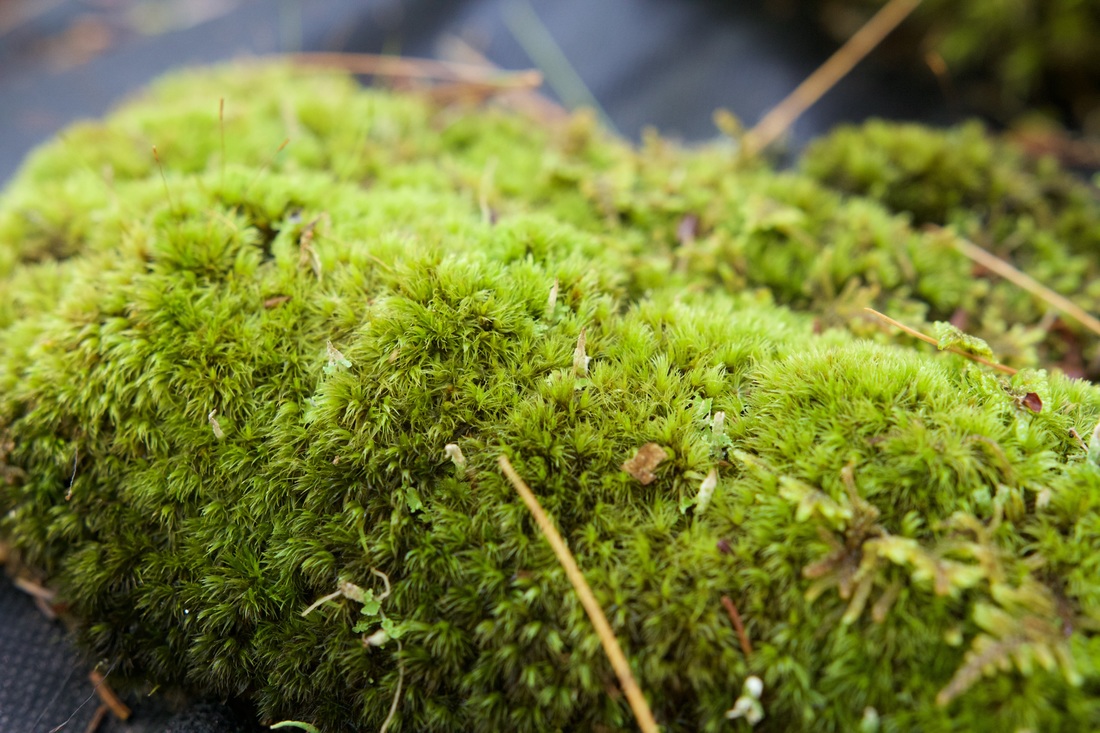
image from: https://www.alamy.com/bryophytes-british-moss-species-dicranella-moss-growing-in-essexbritain-image415785266.html
Exploring the Fascinating World of Dicranella cardotii (R.Br.bis) Dixon Moss

image from: https://www.flickr.com/photos/21657471@N04/49739033187/
Introduction

image from: https://www.flickr.com/photos/138119991@N08/52637350967
Mosses are some of the most ancient and resilient plants on Earth. One particularly interesting species is

image from: https://eol.org/pages/419476
Dicranella cardotii (R.Br.bis) Dixon, a small but mighty moss in the Dicranellaceae family. In this blog post, we’ll dive into the unique characteristics, global distribution, and ecological importance of this fascinating bryophyte.

image from: https://www.earth.com/plant-encyclopedia/Bryophytes/Dicranaceae/dicranella-varia/en/
Background on Mosses
Mosses are non-vascular plants in the division Bryophyta. Unlike other land plants, mosses lack true roots, stems, and leaves. Instead, they have rhizoids that anchor them and absorb water and nutrients. Mosses reproduce via spores rather than seeds and are found in diverse habitats worldwide, from arctic tundra to tropical rainforests.
Morphology and Identification
Dicranella cardotii is a small, delicate moss that forms loose tufts or mats. Its leaves are lanceolate (lance-shaped) and typically measure 2-4 mm long. The leaf margins are entire (smooth-edged) and the costa (midrib) extends to the leaf tip. Capsules are held on reddish setae (stalks) and are inclined to horizontal when mature. The peristome teeth are divided nearly to the base.
Global Distribution and Habitat
This moss has a wide distribution, found in Europe, Asia, Africa, Australia, and the Americas. It grows on

image from: https://ohiomosslichen.org/moss-dicranella-heteromalla/
damp, acidic soils such as clay banks, roadside ditches, and stream margins. Dicranella cardotii tolerates disturbance and is often a pioneer species on bare ground.
Ecological Roles and Adaptations
Like other mosses, D. cardotii plays important ecological roles:
- Erosion control: Its dense mats stabilize soil and prevent erosion
- Water retention: Moss clumps act as mini-reservoirs, absorbing and slowly releasing moisture
- Microhabitats: Mosses provide shelter and foraging grounds for invertebrates
Dicranella cardotii has adaptations that allow it to thrive in its niche:
- Desiccation tolerance: It can survive drying out and rehydrate when moisture returns

image from: https://ohiomosslichen.org/moss-dicranella-heteromalla/
- Spore dispersal: Spores are wind-dispersed, enabling long-distance colonization of disturbed sites
- Asexual reproduction: In addition to spores, it can regenerate from leaf fragments

image from: https://ohiomosslichen.org/moss-dicranella-heteromalla/

image from: https://www.earth.com/plant-encyclopedia/bryophytes/dicranaceae/dicranella-hilariana/en/
| Characteristic | Description |
|---|---|
| Leaf shape | Lanceolate |
| Leaf size | 2-4 mm long |
| Leaf margin | Entire |
| Costa | To leaf tip |
| Capsule | Inclined to horizontal |
| Seta color | Reddish |
Conclusion
Dicranella cardotii may be small, but it is a remarkable moss with a wide range and important ecological functions. Its ability to colonize disturbed habitats and stabilize soils makes it a valuable component of many ecosystems. Next time you’re out for a walk, keep an eye out for this tiny but mighty plant! What other mosses have you noticed in your local area?

image from: https://wildbristol.uk/groups/ferns-horsetails-mosses-liverworts/silky-forklet-moss/